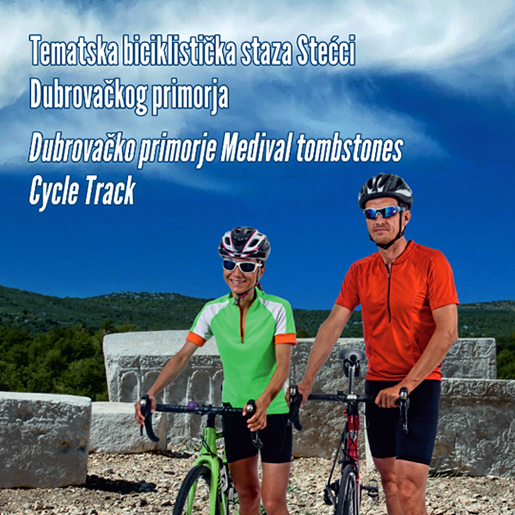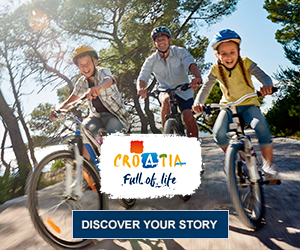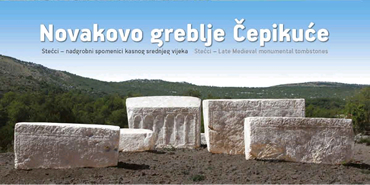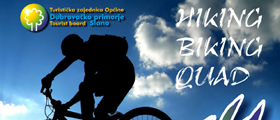Dubrovačko primorje
pitomi je kraj maslinika i vinograda, razigrane obale i bujne vegetacije, živopisne narodne nošnje i temperamentnog plesa «linđa». To je kraj uz more čija naselja zagrljena svojim uvalama i pješčanim plažama, nekad su bila ljetovališta dubrovačke vlastele, a danas mjesto odmora i uživanja za mnogobrojne turiste. Prostor je to kontrasta s dvadesetak živih naselja izgubljenih u ljepoti pejzaža, onih koje je odredilo more i onih s oskudnom zemljom i obiljem kamena razasutih po obroncima unutrašnjosti.
Pojas uz obalu razvijeniji je i sadržajniji, okrenut pomorstvu, ribarstvu i turizmu, a onaj drugi do kojega tek dopiru mirisi mora i pripadaju mu kamen, vinova loza i maslina, smokva, rogač, kadulja, vrijes i ružmarin, bor i česvina. Ta se dva prostora dodiruju i prožimaju stvorivši jedinstveni krajolik modrine mora, zelenila raslinja i bjeline kamena.
Administrativno je to danas općina Dubrovačko primorje sa sjedištem u Slanom. Jadranska turistička cesta povezuje ga s bližom i daljom okolicom i nedalekim Dubrovnikom. Opstao je čovjek na tom području, ovladao zemljom, podredio sebi ono potrebno za življenje, ali uvijek u skladu s prirodom.
"Upravo" zbog te raznolikosti koja iznenađuje i očarava, Dubrovačko primorje se ne zaboravlja.
Slano je najveće i najvažnije naselje i općinsko središte.
Tradicionalno mu gravitiraju naselja u neposrednom zaleđu, sastavnom dijelu općine Dubrovačko primorje. Udaljeno je 30 km prema sjeverozapadu od županijskog središta Dubrovnika.
Leži u prostranoj i prekrasnoj istoimenoj uvali, potopljenoj udolini, uza zidanu obalu, nasuprot otoku Šipanu, od kojega ga dijeli Koločepski kanal. Slano je atraktivno zbog mnogobrojnih šljunčanih plaža, bujne vegetacije i ugodne klime. Nekada je brodskim linijama redovito bilo povezano s Dubrovnikom i Korčulom, ali i s drugim manjim lukama-pristaništima u Dubrovačkom primorju i na poluotoku Pelješcu (Zaton, Orašac, Trsteno, Doli, Ston i dr.). Moguće su brodske veze sa susjednim otocima, odnosno lukama u širem području (Šipan, Mljet i dr.).
Uvala je zaštićena od svih vjetrova te je idealno sklonište i sidrište za brodove i jahte. Gospodarstvo se temelji na turizmu: hoteli (“Admiral” i “Osmine”), privatne sobe, apartmani, kampovi i drugi sadržaji; poljodjelstvu (maslinarstvo, vinogradarstvo, voćarstvo, ribarstvo i pomorstvo).








